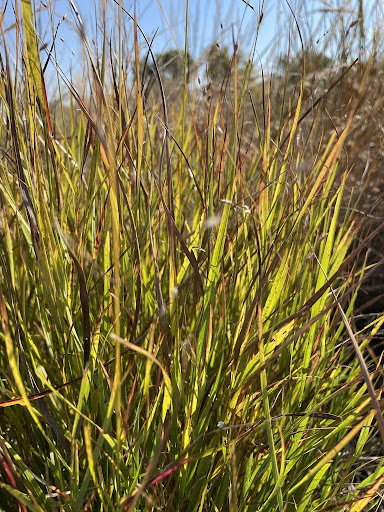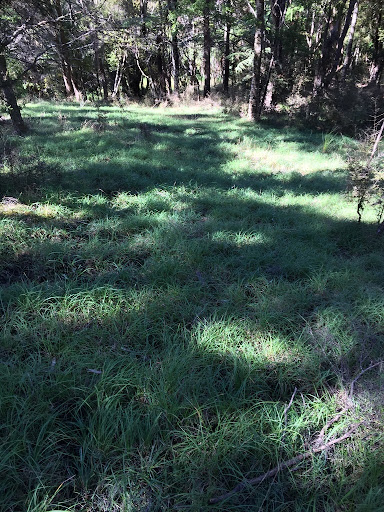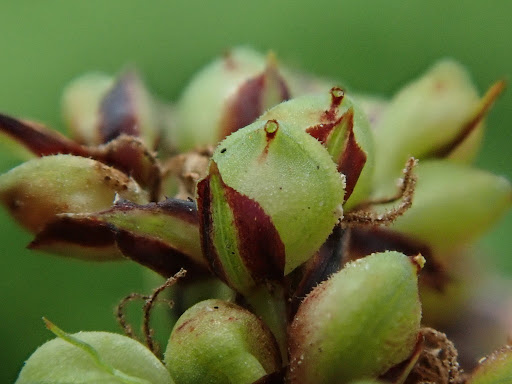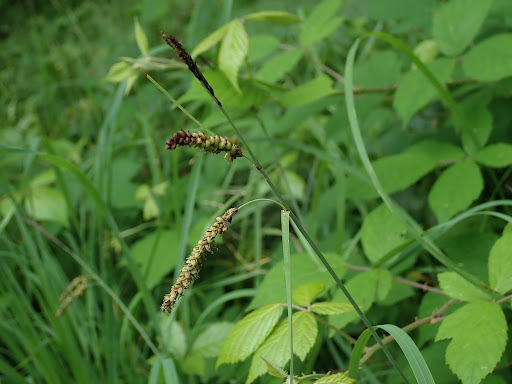Cool-season sedge grow to a height of 30-45 cm and a width of 30-45 cm, forming a dense clump that slowly creeps and spreads. It has 3 mm wide leaves which are narrow, arching, and coarse; blue-green on top and blue-gray underneath. Inconspicuous flowers appear on terminal, cylindrical spikes in early summer (May-July). On this spike are the plant’s densely-packed fruit, which are 2-2.5 cm long and roundish with a very short beak.
Blue Sedge thrives in moist soils. It is often found in full sun, but also does well in the shade of large trees. It prefers areas of high pH bedrock, rich forests, swamps, and wet meadows. Blue Sedge threatens and pushes out native species that live in these areas, such as Ram’s Head Lady’s Slipper – a legally protected species in Nova Scotia.
Introduced from Europe as a garden ornamental.

Switchgrass (Panicum virgatum) is a pink-tinged ornamental grass that is native to North America.
Soft Blue foliage, densely packed fruits on a spike.



Carex comes from the Latin word for “cutter,” referring to the sharp leaves and stem edges of this plant.
If sighted, report to iNaturalist or directly to the NSISC. Choose native plants over invasive plants when planning your garden. If removing Blue Sedge species from private property, be sure not to burn or compost the plant. Instead, double bag it and leave it in the sun to rot, then discard.
Join our mailing list.